THE ARC OF PHOTOGRAPHY: A PRIVATE EAST COAST COLLECTION Henri Cartier-Bresson André de Mandiargues 1933 Gelatin silver print. 6 3/8 x 9 1/4 in. (16.2 x 23.5 cm). Initialed 'H+C-B', titled and annotated 'j ai tiré moi même (et sa se voir) cette photo d' André de M un ami de Pierre de F. (I have printed this print myself [and one can see that] of André de M, a friend of Pierre de F.) in ink and red credit stamp on the verso.
Provenance The Collection of Pierre de Fenogle, the first Curator of Photography at the Centre Pompidou, Paris; Prakapas Gallery, New York Literature de Mandiargues, Henri Cartier-Bresson Photo-Portraits, p. 177; Galassi, Henri Cartier-Bresson The Early Work, pl. 86 there titled and dated Andre Pieyre de Mandiargues, Italy, 1932-1933 Catalogue Essay French novelist, playwright, critic and poet André Pieyre de Mandiargues (1909-1991) was closely affiliated with the Surrealists in the 1930s, by which point Henri Cartier-Bresson had already been immersing himself in the revolutionary movement. The intellectual and artistic dialogue between the two perservered, as evidenced by de Mandiargues’s continuous writing on Henri Cartier-Bressson’s portraits included in the following publications: Ritratti: 1928-1982 (co-written with Ferdinando Scianna , 1983; Photoportraits, 1985; and A propos de Paris (co-written with Véra Feyder) published posthumously in 1994. Read More Artist Bio Henri Cartier-Bresson French • 1908 - 2004 Candidly capturing fleeting moments of beauty among the seemingly ordinary happenings of daily life, Henri Cartier-Bresson's work is intuitive and observational. Initially influenced by the Surrealists' "aimless walks of discovery," he began shooting on his Leica while traveling through Europe in 1932, revealing the hidden drama and idiosyncrasy in the everyday and mundane. The hand-held Leica allowed him ease of movement while attracting minimal notice as he wandered in foreign lands, taking images that matched his bohemian spontaneity with his painterly sense of composition. Cartier-Bresson did not plan or arrange his photographs. His practice was to release the shutter at the moment his instincts told him the scene before him was in perfect balance. This he later famously titled "the decisive moment" — a concept that would influence photographers throughout the twentieth century. View More Works
THE ARC OF PHOTOGRAPHY: A PRIVATE EAST COAST COLLECTION Henri Cartier-Bresson André de Mandiargues 1933 Gelatin silver print. 6 3/8 x 9 1/4 in. (16.2 x 23.5 cm). Initialed 'H+C-B', titled and annotated 'j ai tiré moi même (et sa se voir) cette photo d' André de M un ami de Pierre de F. (I have printed this print myself [and one can see that] of André de M, a friend of Pierre de F.) in ink and red credit stamp on the verso.
Provenance The Collection of Pierre de Fenogle, the first Curator of Photography at the Centre Pompidou, Paris; Prakapas Gallery, New York Literature de Mandiargues, Henri Cartier-Bresson Photo-Portraits, p. 177; Galassi, Henri Cartier-Bresson The Early Work, pl. 86 there titled and dated Andre Pieyre de Mandiargues, Italy, 1932-1933 Catalogue Essay French novelist, playwright, critic and poet André Pieyre de Mandiargues (1909-1991) was closely affiliated with the Surrealists in the 1930s, by which point Henri Cartier-Bresson had already been immersing himself in the revolutionary movement. The intellectual and artistic dialogue between the two perservered, as evidenced by de Mandiargues’s continuous writing on Henri Cartier-Bressson’s portraits included in the following publications: Ritratti: 1928-1982 (co-written with Ferdinando Scianna , 1983; Photoportraits, 1985; and A propos de Paris (co-written with Véra Feyder) published posthumously in 1994. Read More Artist Bio Henri Cartier-Bresson French • 1908 - 2004 Candidly capturing fleeting moments of beauty among the seemingly ordinary happenings of daily life, Henri Cartier-Bresson's work is intuitive and observational. Initially influenced by the Surrealists' "aimless walks of discovery," he began shooting on his Leica while traveling through Europe in 1932, revealing the hidden drama and idiosyncrasy in the everyday and mundane. The hand-held Leica allowed him ease of movement while attracting minimal notice as he wandered in foreign lands, taking images that matched his bohemian spontaneity with his painterly sense of composition. Cartier-Bresson did not plan or arrange his photographs. His practice was to release the shutter at the moment his instincts told him the scene before him was in perfect balance. This he later famously titled "the decisive moment" — a concept that would influence photographers throughout the twentieth century. View More Works
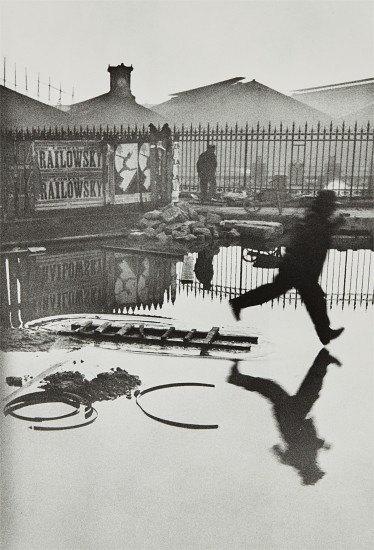
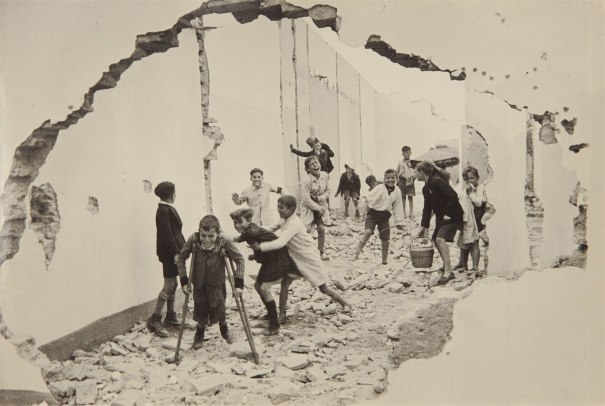

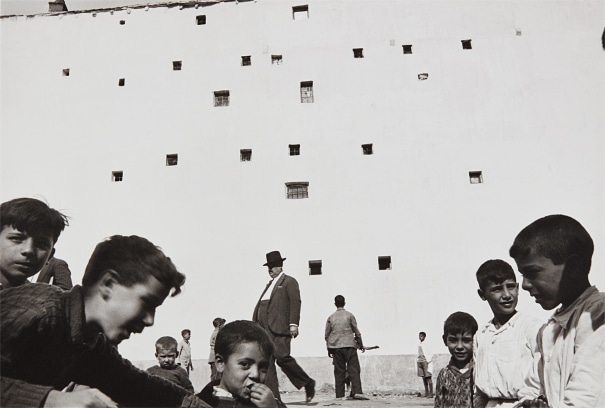
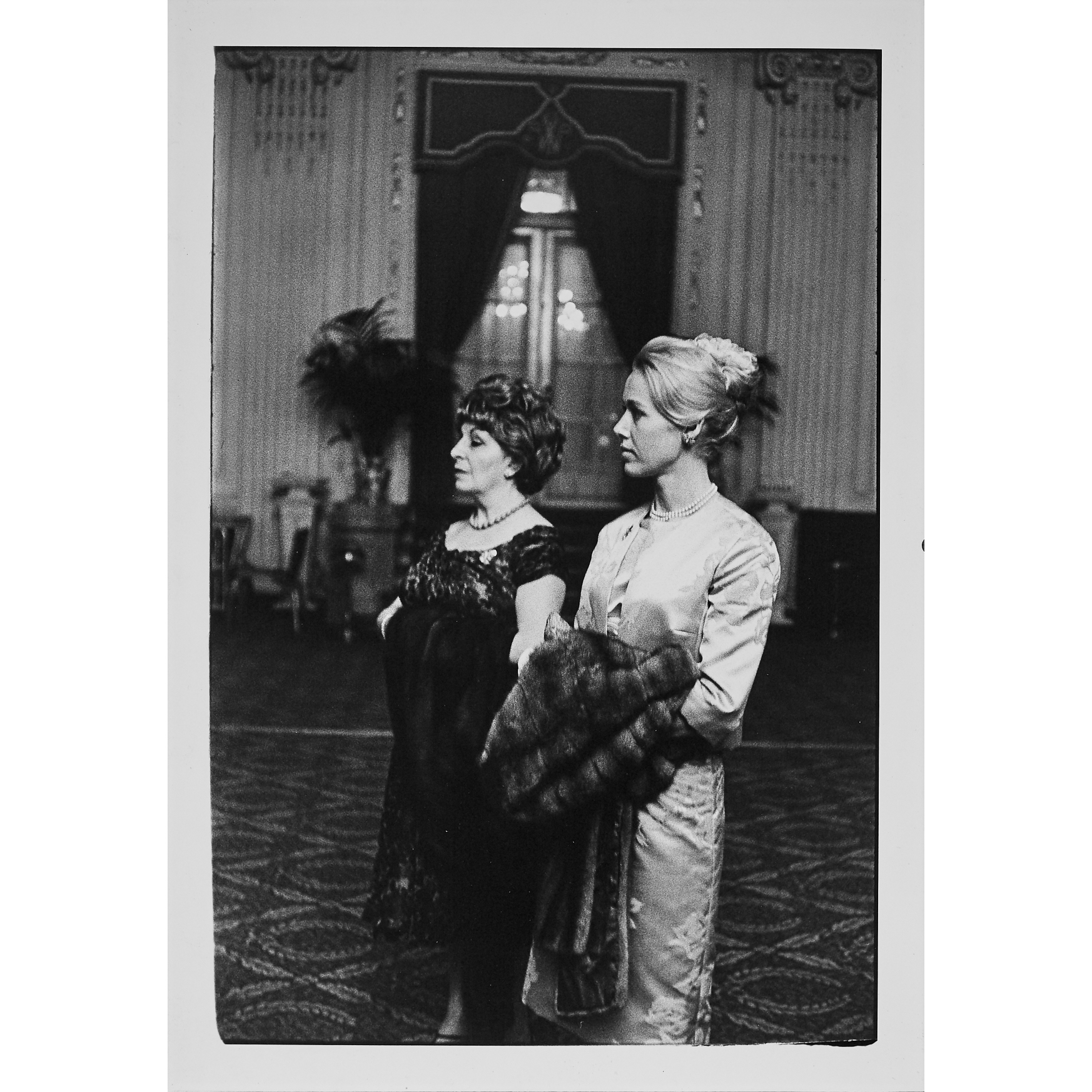





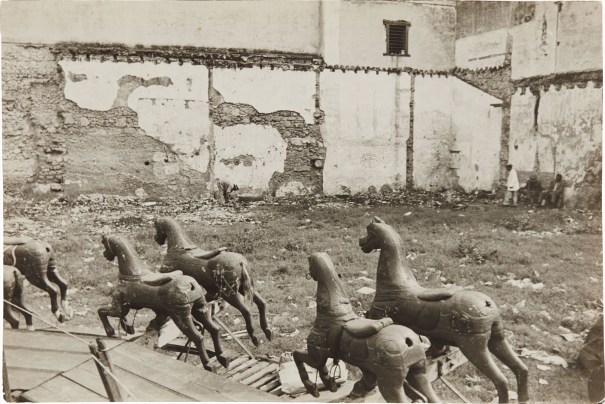
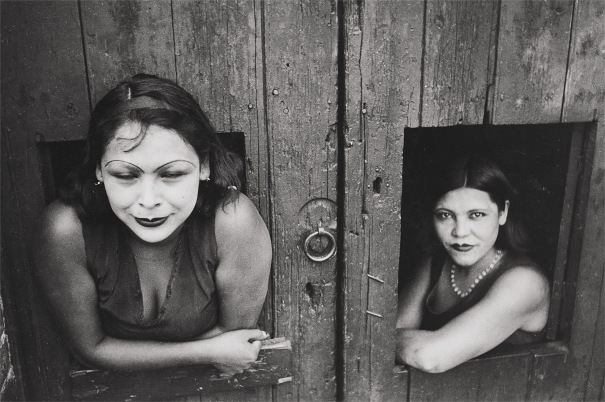


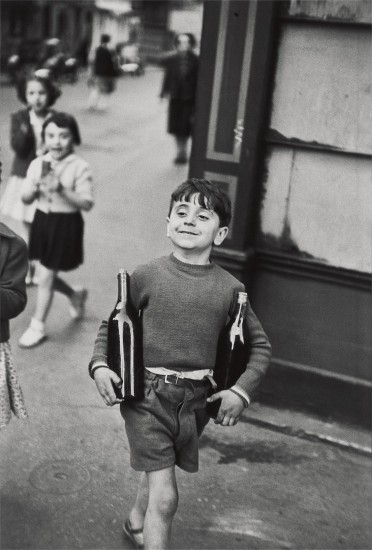
Testen Sie LotSearch und seine Premium-Features 7 Tage - ohne Kosten!
Lassen Sie sich automatisch über neue Objekte in kommenden Auktionen benachrichtigen.
Suchauftrag anlegen